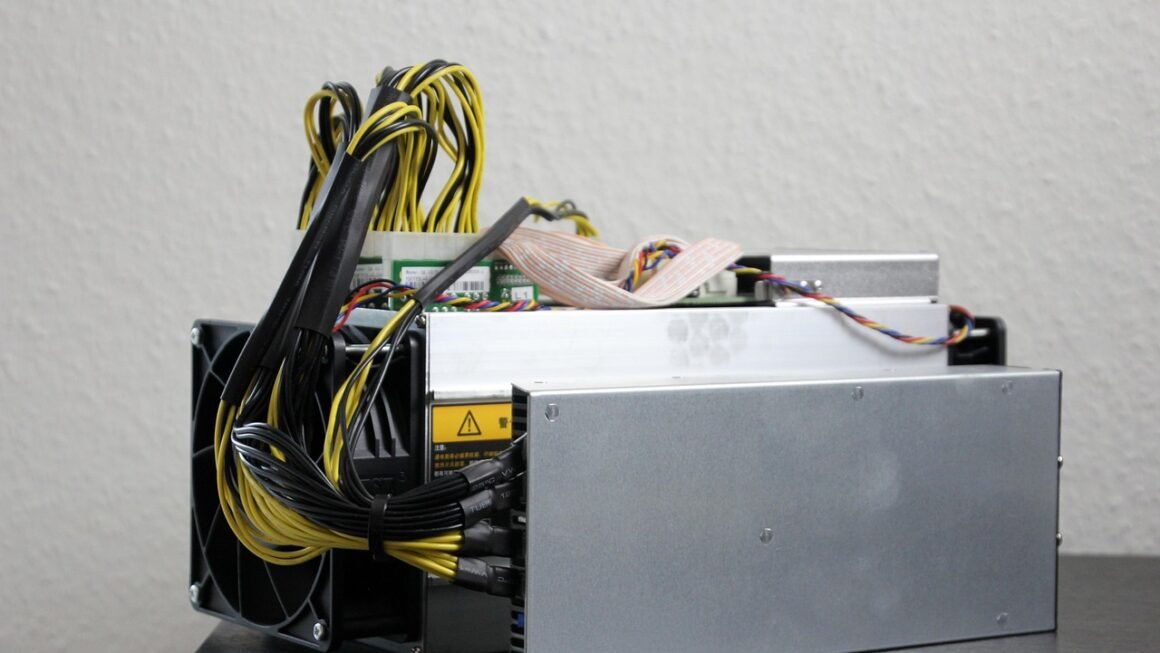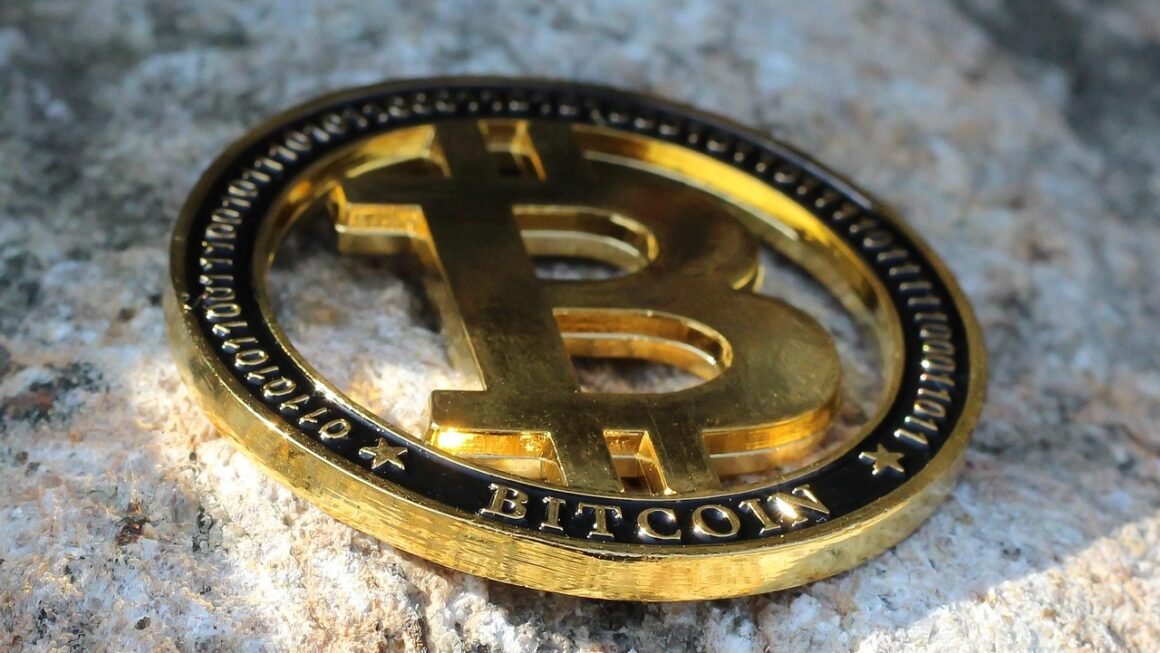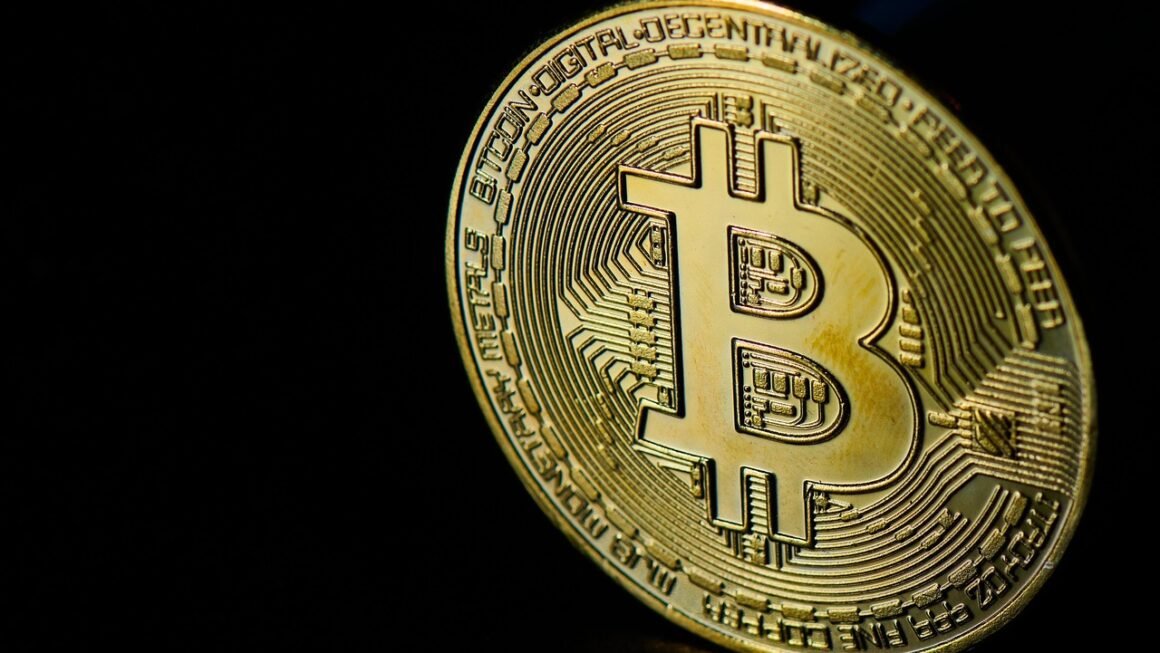A crypto project decides to permanently remove a portion of its circulating tokens from existence. Sounds counterintuitive, right? Why would a project willingly destroy its own assets? This process, known as a “token burn,” is a powerful mechanism employed in the cryptocurrency world to influence tokenomics, increase scarcity, and potentially boost the value of the remaining tokens. But it’s more than just burning digital fuel; it’s a strategic decision with significant implications for investors and the overall ecosystem. Let’s delve deeper into the why, how, and what of token burns.
What is a Token Burn?
Defining Token Burn
At its core, a token burn is the intentional and permanent removal of a specific number of tokens from the total circulating supply of a cryptocurrency. This isn’t simply sending tokens to a dormant wallet; it involves sending them to an “eater address” – a public key with a private key that is provably inaccessible, effectively rendering the tokens unusable forever. Think of it as permanently deleting files from a computer’s hard drive beyond any possibility of recovery.
Why is Token Burning Necessary?
The primary goal of a token burn is to reduce the supply of a token, which, according to basic economic principles, can increase the demand and therefore the value of the remaining tokens. It’s a deflationary mechanism designed to combat inflation. Other motivations include:
- Increasing Scarcity: By reducing the total supply, each remaining token represents a larger percentage of the overall asset, potentially increasing its perceived value.
- Rewarding Holders: If the value of the token increases due to the burn, holders benefit from the increased value of their existing holdings.
- Correcting Initial Tokenomics: Sometimes, a project realizes that its initial token distribution or supply was flawed. A burn can help correct these issues.
- Proof-of-Burn Consensus Mechanism: In some blockchain systems, tokens are burned as a method of participating in the network’s consensus mechanism (an alternative to Proof-of-Work or Proof-of-Stake).
- Governance and Voting: Some projects use token burns as a method to weigh voting power or reward participation in governance decisions.
Examples of Token Burns
Numerous cryptocurrency projects have implemented token burns. Here are a few notable examples:
- Binance (BNB): Binance performs quarterly burns of BNB tokens, using a portion of their profits to buy back and burn BNB. These burns are publicly announced and verifiable on the blockchain. Their auto-burn mechanism adjusts the amount of BNB burned based on the BNB price and the number of blocks produced during the quarter.
- Shiba Inu (SHIB): The Shiba Inu community implemented a burning mechanism where a portion of transaction fees are burned, reducing the total supply of SHIB tokens over time. They also have voluntary burns by community members.
- Ripple (XRP): While not a regular occurrence, Ripple has burned XRP tokens in the past, primarily those held in escrow that were not needed for operational purposes.
- Terra Classic (LUNC): Following the collapse of the original Terra ecosystem, the community has implemented various burn mechanisms to try to reduce the extremely large supply of LUNC.
How Token Burns Work
The Burning Process Explained
The process of burning tokens is relatively straightforward, but it’s crucial to understand the technical aspects.
- Token Selection: The project decides which tokens to burn and the quantity. This decision is usually based on predefined rules, community votes, or internal strategy.
- Address Designation: A specific “burn address” is designated. This address is a public key for which the private key is demonstrably lost or destroyed. It’s often referred to as a “black hole” address. A common example is an address consisting of all zeros.
- Transaction Initiation: The project initiates a transaction, sending the selected number of tokens to the burn address.
- Verification: The transaction is recorded on the blockchain, making it publicly verifiable. Anyone can view the transaction and confirm that the tokens have been sent to the burn address. This ensures transparency.
- Permanent Removal: Since the private key for the burn address is inaccessible, the tokens sent there are effectively removed from circulation forever. They can no longer be spent or transferred.
Proof-of-Burn (PoB) Consensus
While most token burns are deflationary mechanisms, Proof-of-Burn is a unique consensus mechanism. In PoB systems:
- Users “burn” (destroy) a certain amount of their tokens to earn the right to create new blocks and validate transactions.
- The more tokens a user burns, the higher their chance of being selected as the next block creator.
- PoB is considered an energy-efficient alternative to Proof-of-Work (PoW) since it doesn’t require extensive computational power.
- Slimcoin is a project that uses Proof-of-Burn.
Automated Burning Mechanisms
Some projects implement automated burning mechanisms to ensure a consistent and transparent approach. These mechanisms are often integrated into the project’s smart contracts.
- Transaction Fee Burns: A percentage of each transaction fee is automatically sent to the burn address.
- Revenue-Based Burns: A portion of the project’s revenue or profits is used to buy back tokens from the market and burn them. Binance’s BNB burns are a good example of this.
- Activity-Based Burns: Tokens are burned based on specific on-chain activities, such as staking or providing liquidity.
The Impact of Token Burns
Price Action and Scarcity
The immediate and long-term impact of a token burn on price is complex and depends on several factors. While a burn can theoretically increase scarcity and thus price, the actual effect is influenced by market sentiment, overall market conditions, and the perceived value of the project.
- Increased Demand: If the burn signals a strong commitment from the project team and increases investor confidence, it can drive up demand for the remaining tokens.
- Decreased Supply: The reduced supply directly impacts the supply/demand ratio, potentially leading to a price increase.
- Market Sentiment: Positive news and marketing surrounding the burn can create hype and attract new investors.
- External Factors: Broader market trends (e.g., a bull or bear market) can significantly influence the price, regardless of the burn.
It’s crucial to remember that a token burn is not a guaranteed path to price appreciation. It’s one tool among many that projects can use to influence their tokenomics.
Investor Confidence and Project Credibility
A well-executed and transparent token burn can significantly boost investor confidence and enhance the project’s credibility. It signals that the project team is proactive, committed to the long-term success of the project, and willing to take steps to benefit token holders.
- Transparency: Openly communicating the reasons for the burn, the process, and the results builds trust with the community.
- Commitment: Regular burns demonstrate a sustained commitment to the project’s tokenomics and value proposition.
- Governance: Allowing token holders to participate in decisions related to burns can foster a sense of ownership and community involvement.
Potential Drawbacks and Considerations
While token burns can be beneficial, it’s important to consider potential drawbacks and limitations.
- Not a Substitute for Fundamentals: A burn can’t fix a fundamentally flawed project or address underlying issues such as lack of utility or adoption.
- Manipulation Concerns: If not conducted transparently, burns could be perceived as manipulative tactics to artificially inflate the price.
- Centralized Control: Burns initiated solely by the project team can raise concerns about centralized control and a lack of decentralization. Community input is crucial.
- Limited Long-Term Impact: The long-term impact of a burn on price and adoption may be limited if the project doesn’t address fundamental issues.
Analyzing Token Burns
Key Metrics to Track
When evaluating the potential impact of a token burn, it’s important to track key metrics.
- Burn Amount: The percentage of the total supply being burned is a crucial indicator. A larger burn typically has a more significant impact.
- Burn Frequency: Regular, scheduled burns can create a more predictable and sustainable deflationary effect compared to one-off burns.
- Market Reaction: Monitor the price and trading volume of the token before and after the burn to assess the market’s response.
- Community Sentiment: Track community discussions and social media activity to gauge sentiment surrounding the burn.
- Burn Reason: Understanding the rationale behind the burn is essential for assessing its long-term impact. Is it to reward holders, correct tokenomics, or another strategic reason?
Due Diligence and Risk Assessment
Investors should always conduct thorough due diligence before investing in a cryptocurrency project, especially those that utilize token burns. Consider the following:
- Project Fundamentals: Evaluate the project’s underlying technology, team, use case, and adoption rate.
- Tokenomics: Analyze the token’s distribution, supply schedule, and burning mechanisms.
- Transparency: Assess the project’s transparency and communication practices, particularly regarding token burns.
- Market Conditions: Consider the overall market conditions and the potential impact on the token’s price.
- Risk Tolerance: Understand your own risk tolerance and invest accordingly. Cryptocurrency investments are inherently risky.
Tools for Tracking Burns
Several online tools and resources can help you track token burns and analyze their impact.
- Block Explorers: Use block explorers (e.g., Etherscan, BscScan) to verify burn transactions and track the burn address.
- Coin Tracking Websites: CoinMarketCap and CoinGecko often list token burn events and provide data on circulating supply.
- Project Websites and Social Media: Follow the project’s official website, blog, and social media channels for announcements and updates on token burns.
- Crypto News Outlets: Stay informed about token burn events and their potential impact through reputable cryptocurrency news sources.
Conclusion
Token burning is a strategic mechanism employed by cryptocurrency projects to manage token supply, potentially increase value, and enhance investor confidence. While not a guaranteed path to success, a well-executed and transparent token burn can be a powerful tool. However, investors should conduct thorough due diligence, analyze key metrics, and consider potential drawbacks before making investment decisions. By understanding the nuances of token burns, you can better navigate the complex world of cryptocurrency and make more informed investment choices.



